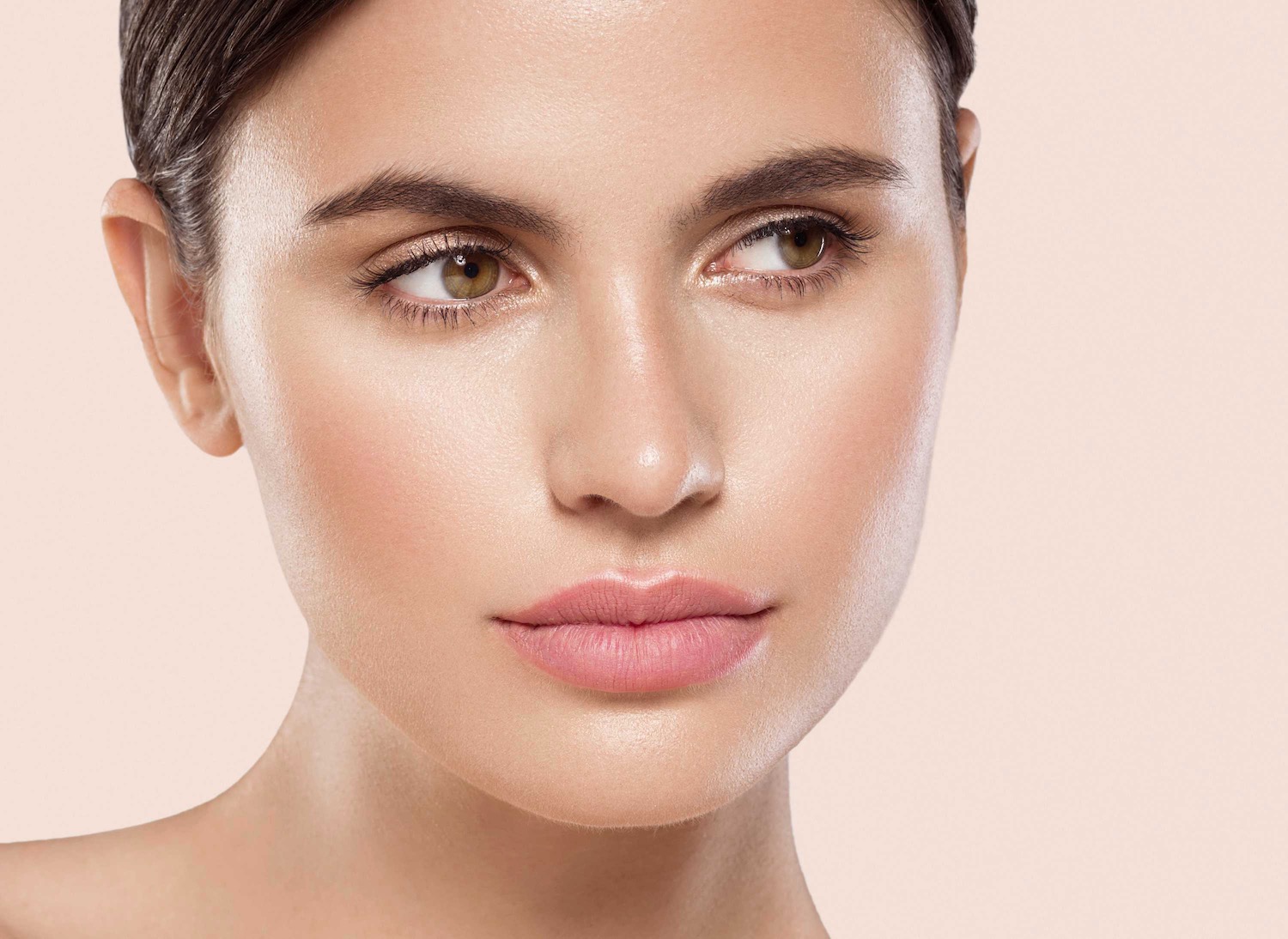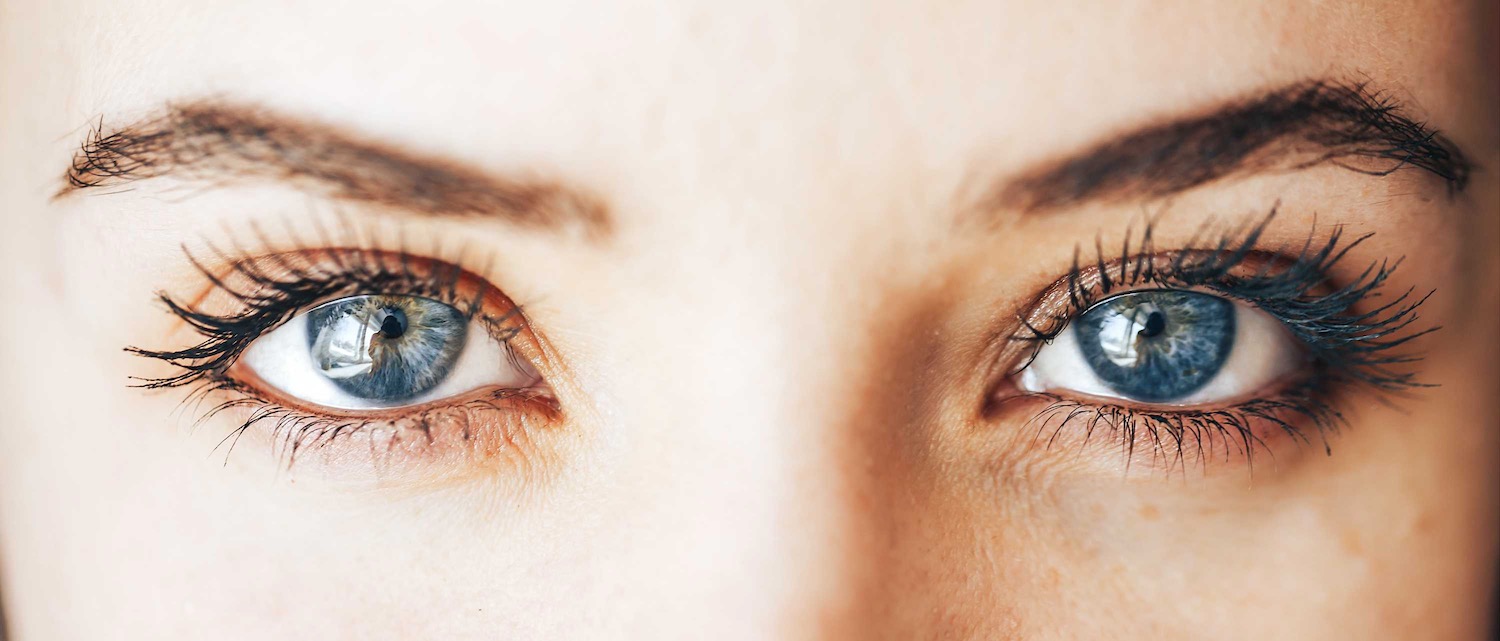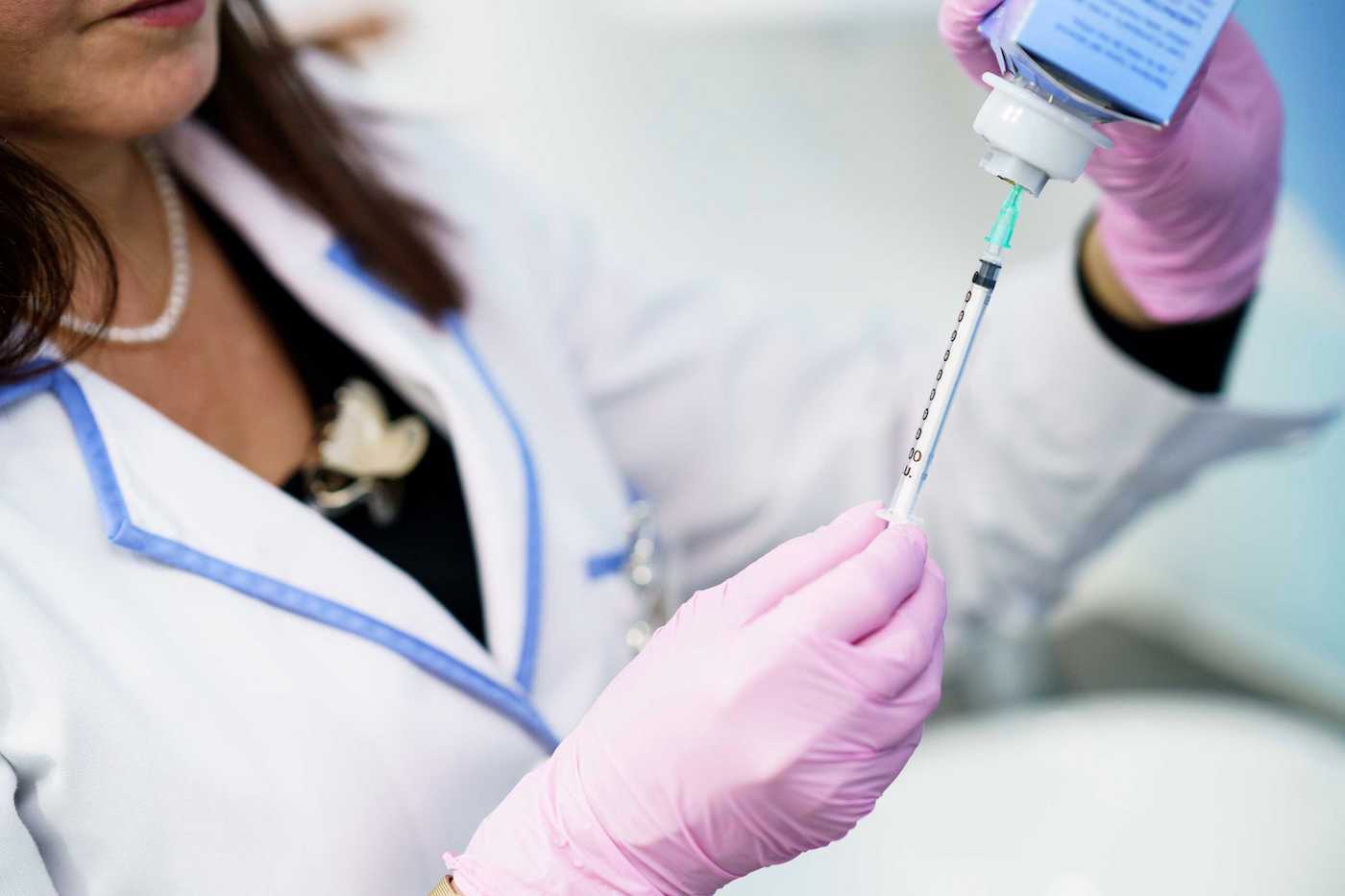
How Many Units for Lip Filler?
Introduction
A lot of people want fuller lips, but many are unsure how many units to get. It’s important to be realistic about what you can achieve with the lip filler and also consider your budget if it is not covered by insurance. A minor change in either area could significantly affect the cost.
If someone has thin upper lip tissue or a small cupid’s bow (the top part of your lip), they will see more dramatic results than someone who has thick upper lip tissue or a large cupid’s bow because there is less fullness to work with. The same applies for budget: If someone has an unlimited budget, they may need fewer units than someone on a tight budget.
For perfect results, lip filler should be used as an adjunct to other rejuvenation procedures such as laser skin resurfacing, Botox injections and collagen treatments. It works best at plumping up the lips and smoothing fine lines around the mouth – but doesn’t address them specifically.
Read on to learn more about lip fillers!
What is Lip Filler?
Lip filler is a substance that is injected into the lips to increase their size. It is made of hyaluronic acid, which is a substance that is naturally found in the body. This acid helps to bind water and add volume to the lips. Lip filler is used to improve the appearance of the lips by making them fuller and more voluptuous.
How Many Units of Lip Filler Do I Need?
The number of units of lip filler that you need will depend on several factors, including the size and shape of your lips, as well as the level of fullness that you are seeking. Generally, however, most people require between 1 and 3 units of filler to achieve their desired results.
However, that the number of units you need may vary depending on your individual circumstances. Be sure to consult with a qualified cosmetic surgeon to determine how many units you will need.
Who Should Get it and When?
As with any cosmetic procedure, you should always consult with a qualified professional to see if lip filler is the best option for you. Generally, lip filler is recommended for people who are unhappy with the appearance of their lips or who want to add volume to their lips.
Lip filler can also be used to correct asymmetry or irregularities in the shape of the lips. The best time to get lip filler is typically before a special event, such as a wedding or a party, when you want to look your best.
Side Effects
One thing to keep in mind with the use of lip fillers is that they are not permanent. The effects are not always long-lasting, which means you have to commit to regular treatments if you want to maintain fuller lips. They also may cause discomfort or irritation, which can be just as embarrassing as having thin lips.
Some people have experienced bruising after treatment, which may last up to a week. Further, some people experience swelling or pain at the injection site, though this is usually mild and short-term.
Lip Filler Price
The costs for lip fillers can vary from practice to practice and may range from $750 to $1500 per syringe. The price depends on the quality of filler that is used, location, and other factors. In addition, one or two syringes may be required to achieve the desired results.
FAQs about Lip Fillers
Where can I get more information on lip fillers?
This procedure is commonly performed by a medical professional such as a dermatologist or plastic surgeon at their clinic, private practice, or even hospital setting. Most procedures are performed with only topical anesthetic applied to the lips.
I had a bad reaction to my lip filler and want to know what to do.
The first step is stopping the inflammatory injection treatment immediately. Then, you can apply ice packs for relief. Finally, hydrocortisone cream should be applied three times daily until symptoms subside.
When should I have this done?
The best time to have lip filler is in the early stages of your growth when your lips are completely healed.
Lips grow continuously, so you can always come back for more at a later date. However, it’s advisable not to have lip filler performed right after surgery or laser treatment as the tissues will be extremely sensitive.
Conclusion
If you are unhappy with the appearance of your lips or want to add volume, lip filler may be a good option. However, it is important to consult with a qualified professional to see if this procedure is right for you. The cost of lip fillers can vary depending on the clinic and the type of filler used, so talk to your local medical provider to create a customized treatment plan.

How Many Botox Units for Eyes?
The area around the eyes is one of the most popular for which patients seek out Botox treatments. Probably due to the fact that one’s age is reflected most in the lines and puffiness around the eye area.
But just how many Botox units are required to treat the eyes? The answer to that question depends largely on the area around the eyes that is being treated. Generally speaking, about 15-25 Botox units are needed to treat crow’s feet. Forehead lines, meanwhile, require about 10-20 Botox units. And lastly, frown lines – in the center of the forehead – need about 5-10 Botox units.
Most people need at least 10 units of Botox to achieve their desired results for the eyes. However, it’s important to remember that everyone is different. Your doctor is best to advise you on the appropriate amount of Botox units for you.
The number of units of Botox needed to treat under-eye bags is typically based on the severity of puffiness you are experiencing. For example, if your under-eye bags are mild, then you can expect to receive about 20 units per eye; however, if your under-eye bags are severe, you may need up to 40 units per eye. Most people require between three and five treatment sessions for this type of Botox treatment.
Treating crow’s feet through the injection of Botox into the forehead muscles – also known as a brow life – should be done using a 1:2 milligrams/unit ratio distributed equally in five injection points around each eye area (the brow lift will involve 15-30 injections). To treat crow’s feet through suborbicularis oculi injections, 1:2 milligrams/unit is injected into three injection points. For treatment of periorbital dark circles, as much as 5 milligrams may be used in a single session.
When used correctly, Botox can be one of the best defenses against the tell-tale signs of aging that take the form of lines and wrinkles around a person’s eyes. Therefore, it is imperative that your doctor properly assess your personal situation before prescribing an exact number units of Botox for treating the eye area. Doing so will help ensure the best results possible.
What to Expect with Eye Botox
Many people are fearful about getting Botox injections because they think of the procedure as painful and quite scary. However, the treatment is actually quite simple.
After receiving a local anesthetic to numb your skin, your doctor will use a very fine needle to inject tiny amounts of natural protein into specific areas in order to temporarily paralyze the muscles that cause wrinkles and lines on your face.
The process takes just minutes, and you can usually continue with moderate activities right after the procedure with little or no downtime at all. During the injection process, you can expect to feel some pain or discomfort, but most people find that this pain is tolerable. Lidocaine gel may be applied before giving an injection to help numb up the area around the eye.
Botox injections for the eyes are considered safe and effective treatments; however, as with any medical procedure, there is always a risk for side effects. Some people may experience dryness or irritation in their eyes after getting an injection. Others may develop temporary blurred vision. In rare cases, Botox injections for the eyes may cause more serious complications like vision loss, double vision, droopy eyelids, or severe eye infections.
Other possible side effects may include pain or discomfort during injections, unwanted changes in eyelash height or thickness, dry eyes due to Botox paralyzing the eye muscles, and a temporary decrease in your ability to sweat.
Following a Botox treatment, you can also expect to experience some redness, bruising, and mild swelling. These side effects should subside within three days of getting a treatment. If desired, you can use makeup to cover up any residual bruising, but apply any coverup creams or powders with caution as too much pressure on the treatment area can cause more bruising.
There is a recovery time of about two weeks needed after getting Botox injections for the eyes. During this time, you should avoid rubbing or massaging the treated area. You should also avoid strenuous activities, such as exercising or certain types of work. If you do experience any flu-like symptoms after getting an injection, such as a fever, nausea, or muscle aches, contact your doctor immediately.
In summary, generally speaking, most people need about 10 units of Botox to achieve their desired results for the eyes and it is a safe and effective treatment. The most common side effects are bruising around the injection site, temporary drooping of facial features, which typically lasts for two days, pain or discomfort during injections, unwanted changes in eyelash height or thickness, dry eyes due to Botox paralyzing the eye muscles, and a temporary decrease in your ability to sweat.
Botox injections for the eyes are a safe and effective way to reduce wrinkles and lines, and most people experience minimal side effects. If you’re interested in trying this treatment, consult with a qualified doctor to find out if it’s right for you. You may be surprised at how natural and youthful you look after just a few treatments!

How Many Units of Botox for Jaw Clenching?
Excessive and chronic jaw-clenching while asleep – medically known as bruxism – is a disorder that affects more than four million Americans and can cause everything from headaches to sore teeth. And it’s quite easy to see why the condition is so common: stress, anxiety, depression, and even chewing gum can contribute to its development.
Fortunately, there are many preventative measures and treatments available for those suffering with this problem. These range from the simple, such as lifestyle adjustments, to the more invasive, such as Botox injections.
This article will discuss the use of Botox injections to treat bruxism as well as some simple ways to prevent this condition from happening in the first place.
Using Botox to Treat Bruxism
Those who suffer from bruxism may be unaware of the habit, but they will often wake up with headache and neck pain due to the strain on these areas. Bruxism can also worsen other oral conditions, such as gum disease and tooth decay by loosening plaque deposits that accumulate around teeth.
One option for treating bruxism is Botox injections into the jaw muscles. The drug works by blocking nerve impulses to these muscles, causing them to relax. This also reduces the amount of effort placed on the temporomandibular joint (TMJ), which can become damaged if teeth are clenched excessively during sleep.
While doctors will use as many as 40 units of Botox in total, patients receiving these treatments often require less than 10 units per session.
The treatment procedure begins with anesthetizing either inside or outside of the mouth using topical anesthesia gel. Next, small needles are inserted into specific points along the jawline where large amounts of muscle mass reside that contribute to clenching and grinding behaviors while sleeping.
After the injections are administered, the patient is usually asked to keep their mouth open for several minutes so that the drug can spread evenly. Bruxism treatments using Botox injections typically last between 3 and 4 months.
Ways to Prevent Bruxism
Do you wake up with a headache, or after a long day are your jaws feeling sore? If so, you may have bruxism. Unfortunately there is no cure for this disorder, but there are multiple treatments available that range from lifestyle changes to medication.
In order to prevent this condition, patients should first try wearing a suitable mouth guard at night to protect against grinding their teeth together during sleep. In addition, there are over-the-counter drugs available that help relax jaw muscles without causing drowsiness.
These treatments usually work for mild cases of bruxism but if symptoms persist following treatment, dental surgery may be necessary for more severe cases.
Here are some simple suggestions that could possibly prevent brusqueness in the first place:
- Wear a night guard. A night guard covers your teeth while sleeping and uses soft plastic or rubber materials to cushion against your upper teeth during sleep.
- Loosen up your chewing habits. Whenever you chew gum, focus on gently biting down rather than clenching. This will help prevent the build up of excessive force from occurring within your jaw muscles and lead to a decreased risk of bruxism.
- Get a massage. Doing so can relax your face and prepare your mind for sleep by focusing it elsewhere besides any problem areas that may be causing you discomfort or pain at night.
- See a doctor about medication. There are several prescription medicines that can reduce the effects of bruxism such as antidepressants, muscle relaxers, and sedatives. With so many options available, there is no reason why you should suffer from chronic teeth grinding.
The causes of bruxism are widespread in today’s world: stress, anxiety, or not enough sleep. The use of Botox injections to treat bruxism is increasing because it’s an effective treatment that has few if any side effects.

How Many Units in One Syringe of Botox?
Botox is a drug used to reduce muscle activity for patients who suffer from chronic migraines or severe headaches, as well as for other aesthetic purposes. One unit of Botox is equivalent to 100 units of botulinum toxin type A, though it may vary depending on the location being injected.
Botox can be administered in several different ways: by injections, orally, topically, and through inhalation. It has been reported that patients with chronic migraines or severe headaches often experience diminished or nonexistent pain when using this drug. People use Botox for aesthetic purposes as well.
Botox is a popular drug that has been on the market for many years. During that time, it has become very popular or even necessary for some individuals to have injections every three to four months in order to maintain their desired results. However, many people are unaware of how much Botox is actually injected into their bodies, which can cause confusion. The concentration of the drug is what determines how many units are in one syringe.
How Much Botox?
There are 20 units in 1 syringe of Botox. This is because there are different strengths of botulinum toxin, and also for safety reasons, the concentration or dosage can’t be more than 100 units per milliliter.
The amount of Botox needed for an individual’s treatment depends on the size and location of the muscles being treated. It has been reported that doses for wrinkles between the brows range from 20–30 units per side. In some cases, 90 units of Botox are used to treat the frontalis muscle. The higher the dose, the more units that will be injected into a patient’s body.
The typical amount used to treat moderate to severe frown lines between eyebrows (glabellar furrows) is 10-12 units injected into each side of the forehead at a rate no greater than 1 unit per square centimeter with injections about 2 inches apart along the line between your brows. Multiple treatment sessions may be needed every 3 months depending on how quickly you want results and how deep your wrinkles are.
In order to maintain a youthful look and reduce signs of aging on your face, one syringe is typically used for injection. Professionals recommend receiving treatment once every three to four months because it takes that long for the drug to take effect. If you are interested in Botox injections, make sure your health care provider discusses how many units will be used with you before treatment begins.
Botox is a safe, effective treatment for people who suffer from involuntary facial movements. The most common problem areas are the forehead and around the eyes, but Botox can also be used to treat lines in the neck or other spasmodic muscle contractions.
There are many misconceptions about how much Botox one person needs to have injected in order to get relief. As it turns out, there are units of Botox in every syringe – which means that people don’t need as much as they might think.
One syringe of Botox can treat one or several areas. For example, for crow’s feet and frown lines it is recommended to use between 20 and 30 units; however, less than 10 units may be enough for a small area such as the forehead. The average syringe contains 100 units, though a larger amount of Botox can be used for a larger area.
In the past, people have been known to use more than one syringe – which is too much and can lead to side effects such as drooping eyebrows or lips and difficulty swallowing or speaking clearly.
A standard 100 unit vial as usually as two different amounts depending on where it will be injected. The average number needed for injections between your eyebrows and around your eyes come out to be around 30 units each time. It is important to consult with a doctor or dermatologist who has experience using Botox so they can inject it in exactly the right areas.
Botox as a Preventative Measure
In addition to treating wrinkles and lines, some doctors also use this treatment as a preventative measure for those who are at a high risk of developing fine lines and wrinkles on their face over time.
In order to have the best results from using Botox treatments, you should discuss your concerns with your doctor or dermatologist first. They will then recommend a certain amount that is needed based on what area of the face you want to treat. You may need anywhere from ten to 30 units each time depending on where it will be injected and if any other cosmetic treatments are planned alongside this one.
For a typical procedure, the dosage will depend on the patient’s age and how big a correction they need. A typical dose ranges from 10-22 units for one area of the face. They can range from very mild to severe depending on what you’re going for.
When it comes to botox there are many different things to take into consideration. If you are considering getting Botox injections make sure you do your research on the doctor/nurse, the clinic they work at, and the cost of treatment. With that being said if you want a safe, effective treatment that makes you feel better about yourself then go see someone who specializes in this type of service.
